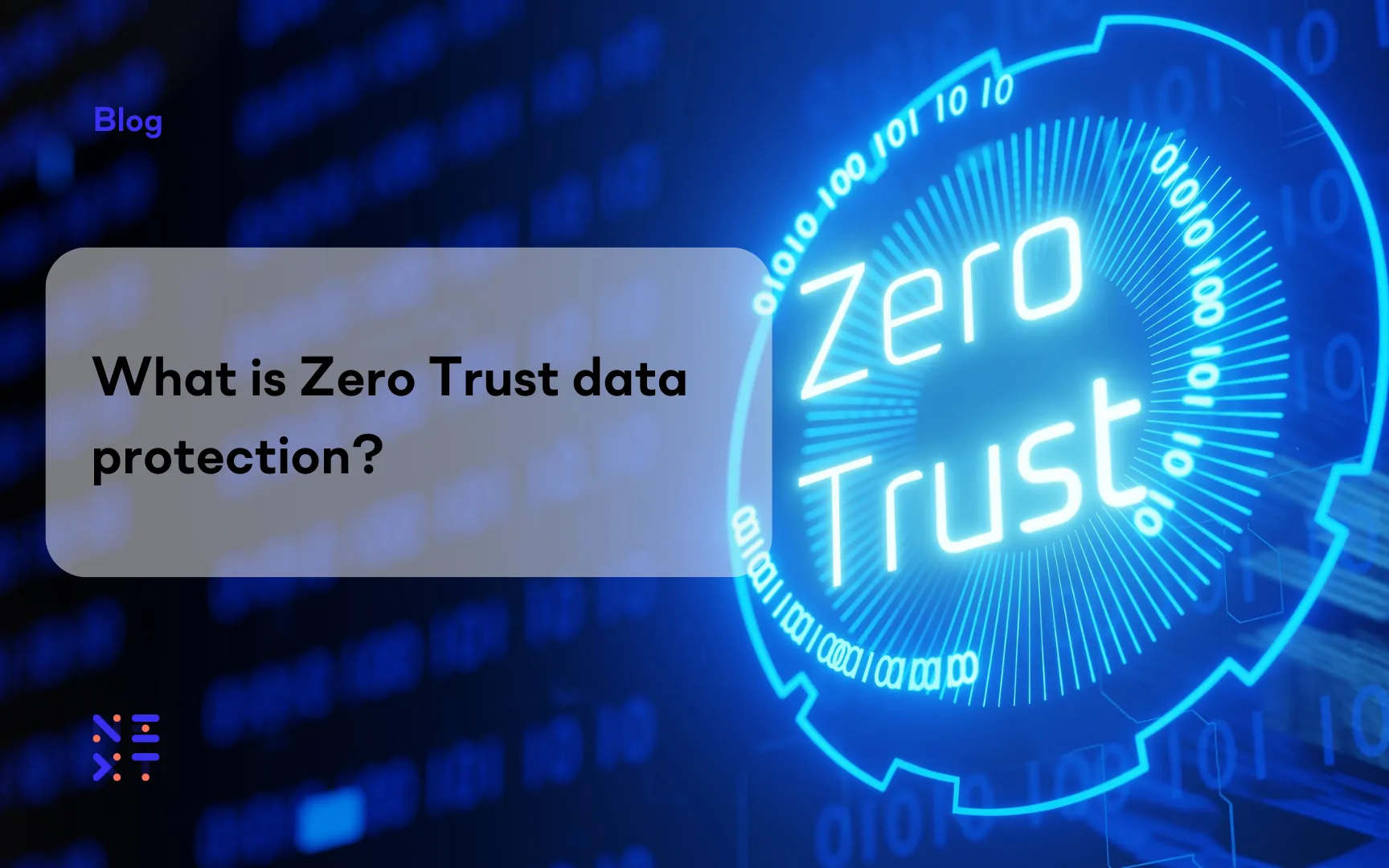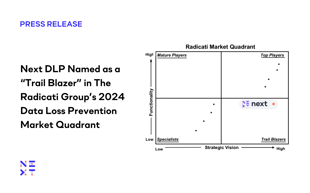Fortinet Acquires Next DLP Strengthens its Top-Tier Unified SASE Solution
Read the release
In today's ever-evolving, increasingly complex threat landscape, traditional cybersecurity solutions fail to adequately protect an organization's sensitive data resources. User Entity and Behavior Analytics (UEBA) solutions are advanced cybersecurity technologies focusing on human behavior — the most unpredictable element in an organization's network — and the behavior of machine entities.
UEBA leverages artificial intelligence (AI), machine learning (ML) algorithms, and sophisticated data analytics to detect anomalies in user behavior as well as unexpected activities occurring on routers, servers, and endpoints operating within an organization's network.
In this guide, we'll take a closer look at UEBA, including the key components and features of UEBA security solutions, examples of UEBA, and the benefits of these advanced technologies. We'll also discuss how UEBA complements other cybersecurity solutions.
In this article:
 |
User Entity and Behavior Analytics (UEBA) is a cybersecurity technology and approach that focuses on analyzing the behavior of users and entities (such as devices, applications, and systems) within an organization's IT environment. By using advanced data analytics, machine learning algorithms, and artificial intelligence, UEBA aims to detect and prevent cyber threats by identifying anomalies, deviations, or patterns in user and entity activities that might indicate potential security risks.
The primary objective of UEBA is to move beyond traditional rule-based security systems and static access controls, which may not be sufficient to address modern and sophisticated cyber threats. UEBA seeks to enhance an organization's overall security posture by providing real-time monitoring, early threat detection, and better understanding of the context behind security incidents.
Key components and features of User Entity and Behavior Analytics include:
 |
There are many examples of UEBA that help illustrate how this technology works.
UEBA offers numerous benefits by monitoring and analyzing the behavior of users, endpoints, systems, and applications. Below are just a few of the most significant benefits of UEBA.
Keep reading to learn how UEBA complements other cybersecurity technologies to provide these and other benefits.
UEBA complements other cybersecurity technologies such as SIEM (Security Information and Event Management) and DLP (Data Loss Prevention). By combining the insights generated by these technologies, organizations can develop a more comprehensive and proactive security strategy.
Data collection is a fundamental component of User Entity and Behavior Analytics (UEBA) solutions, providing the necessary information for analyzing user behavior, entity interactions, and system activities. By leveraging data from various sources, UEBA creates baseline behavior profiles, detects anomalies, identifies insider threats, and assigns risk scores, enhancing an organization's ability to detect and prevent cyber threats effectively. Data collection forms the backbone of UEBA's data-driven approach, enabling continuous learning and improvement to respond proactively to evolving cybersecurity challenges.
UEBA solutions collect data from multiple sources, providing a comprehensive view of an organization's IT landscape. These sources include:
 |
The data collected feeds the machine learning algorithms that power UEBA solutions. By continually ingesting new data, the algorithms can improve their accuracy and effectiveness over time, learning from new patterns and emerging threats. The specific roles of Machine Learning in a UEBA solution include:
Data collection forms the foundation for building baseline behavior profiles for users and entities. By analyzing historical data, UEBA establishes what "normal" behavior looks like for each user and entity within the organization. This baseline is dynamic and evolves over time as new data is ingested and processed. The baseline profile serves as a reference for identifying anomalies or deviations from established normal behavior, which can then be flagged as potential security threats or risky activities. By comparing real-time behavior against the baseline, UEBA can effectively detect unusual or suspicious actions, such as unauthorized access attempts, insider threats, or abnormal system interactions.
 |
Once baseline profiles are established, UEBA continuously monitors and analyzes real-time data against these profiles. Any deviations from the norm, such as unusual login patterns, access to sensitive data outside of regular working hours, or abnormal application usage, are flagged as anomalies. These anomalies may indicate potential security threats or risky activities that warrant investigation.
An example of anomaly detection in UEBA could be:
Unusual After-Hours Data Access - Suppose a financial institution has implemented a UEBA solution to monitor user and entity behavior within their network. The UEBA solution has already established baseline behavior profiles for all employees, including their typical working hours and data access patterns.
An anomaly is detected when the UEBA system notices that an employee, let's call them John, who usually works from 9 AM to 5 PM, is accessing sensitive financial data at 2 AM in the morning.
UEBA assigns risk scores to users and entities based on their behavior. Higher risk scores are associated with activities that exhibit abnormal behavior or potential security risks. This risk scoring helps security teams prioritize their response to incidents and focus on the most critical threats.
Based on the detected anomalies and the severity of deviations from normal behavior, UEBA calculates risk scores for each user and entity. The risk score can be a numerical value or a categorization into different risk levels.
As new data is continuously collected and analyzed, the risk scores are dynamically updated. This allows the risk scoring process to adapt to changes in user behavior and evolving cybersecurity threats. Users and entities with higher risk scores are prioritized as potential security threats. Security teams can focus their efforts on investigating and responding to incidents associated with users/entities with elevated risk scores.
Machine Learning allows UEBA to identify behavioral changes that may indicate insider threats, where authorized users misuse their access privileges for malicious purposes. By analyzing user activities and interactions, UEBA can detect suspicious behavior patterns associated with potential insider threats.
Data collection plays a vital role in detecting insider threats – incidents where authorized users misuse their access privileges maliciously. By tracking user behavior, UEBA can identify behavioral changes that could indicate compromised accounts or malicious intent.
Example data exfiltration by an insider - suppose a large financial company has implemented a UEBA solution to enhance its cybersecurity defenses. One of their employees, let's call her Alice, has been granted access to sensitive customer data as part of her job responsibilities. UEBA has established a baseline behavior profile for Alice, which includes her typical working hours, data access patterns, and the types of files she usually interacts with.
 |
Data collection in UEBA solutions also assists organizations in meeting regulatory compliance requirements. It helps in auditing user activities, detecting policy violations, and maintaining data privacy and security standards.
In conclusion, User Entity and Behavior Analytics (UEBA) is a sophisticated cybersecurity approach that focuses on analyzing user behavior and entity interactions to detect and prevent cyber threats. By leveraging machine learning and advanced analytics, UEBA provides organizations with valuable insights to enhance their overall cybersecurity posture and respond effectively to potential security incidents.
User Entity and Behavior Analytics (UEBA) in cyber security is a tool that relies on advanced analytics, machine learning, and artificial intelligence to monitor the behavior of users and entities (such as devices and applications) in an organization. Its main purpose is to identify any abnormal or suspicious activity that could be indicative of potential cybersecurity risks.
By establishing a standard set of normal behaviors for each individual user and entity, it becomes easy to flag any deviations that might suggest security threats, compromised accounts, or attacks originating from within the organization.
Security Information and Event Management (SIEM) and User Entity and Behavior Analytics (UEBA) play crucial roles in cybersecurity, but they have different functions.
SIEM systems are responsible for collecting, combining, and examining log data from various sources in an IT environment. This allows them to continuously monitor, correlate events, and issue alerts for security incidents in real-time.
On the other hand, UEBA focuses exclusively on studying the behavior of users and entities. By utilizing analytics and machine learning, it can identify anomalies that might indicate a potential security threat.
While SIEM provides a general overview of an organization's security status, UEBA provides in-depth insights into behaviors, thereby improving detection capabilities. In many cases, SIEM solutions are enhanced by integrating UEBA capabilities to offer a more comprehensive security analysis.
UEBA (User Entity and Behavior Analytics) and EDR (Endpoint Detection and Response) are cybersecurity technologies that have different focuses in terms of security.
UEBA utilizes machine learning and analytical tools to analyze a wide range of data, including network traffic, logs, and user activities. It identifies typical patterns in the behavior of users and entities across the network to identify any unusual activities that could potentially be a security threat.
In contrast, EDR is centered around the endpoints of the network, such as laptops, desktops, and mobile devices. Its main purpose is to provide real-time monitoring, threat detection, and response capabilities specifically for activities happening on these endpoints.
While UEBA offers a broader perspective of network behavior, EDR provides a more detailed and precise level of visibility and control over endpoint security.
Identity and Access Management (IAM) is responsible for managing digital identities and controlling user access within an organization. It focuses on authentication, authorization, roles and privileges assignment, and user lifecycle management.
User Entity and Behavior Analytics (UEBA) does not handle access control but instead analyzes and monitors user and entity behavior to detect suspicious activities.
While IAM ensures that the right people have access to resources, UEBA identifies any abnormal usage of credentials, which could indicate a security breach or misuse.

Blog

Blog

Blog

Blog

Resources

Resources

Resources

Resources

